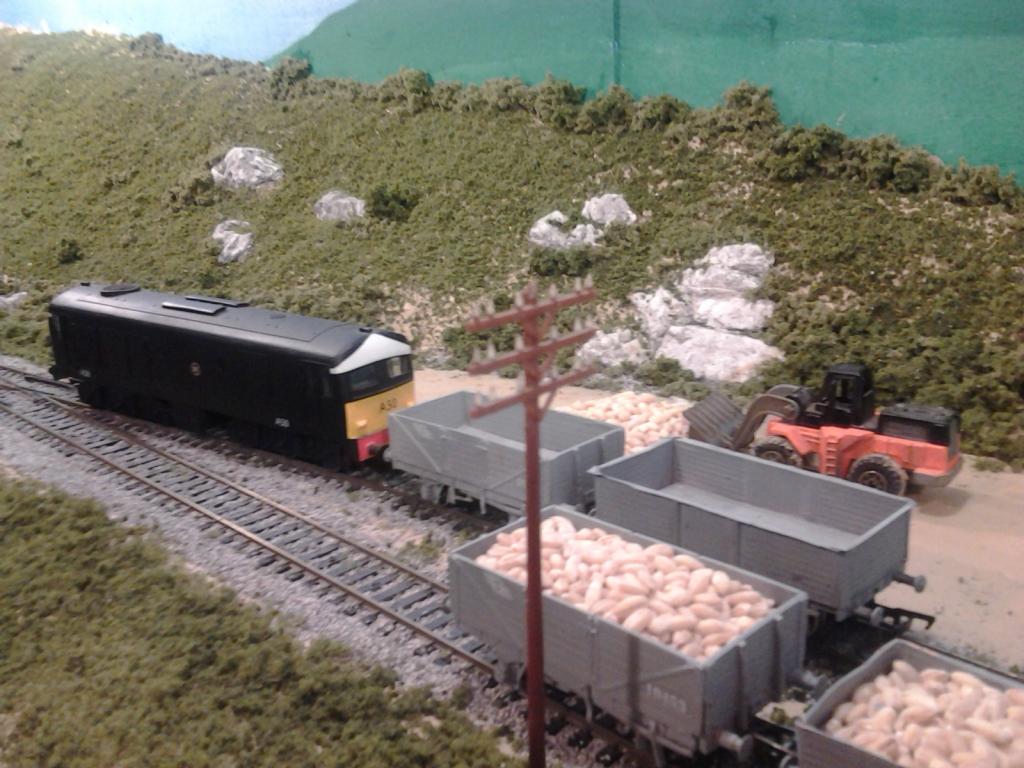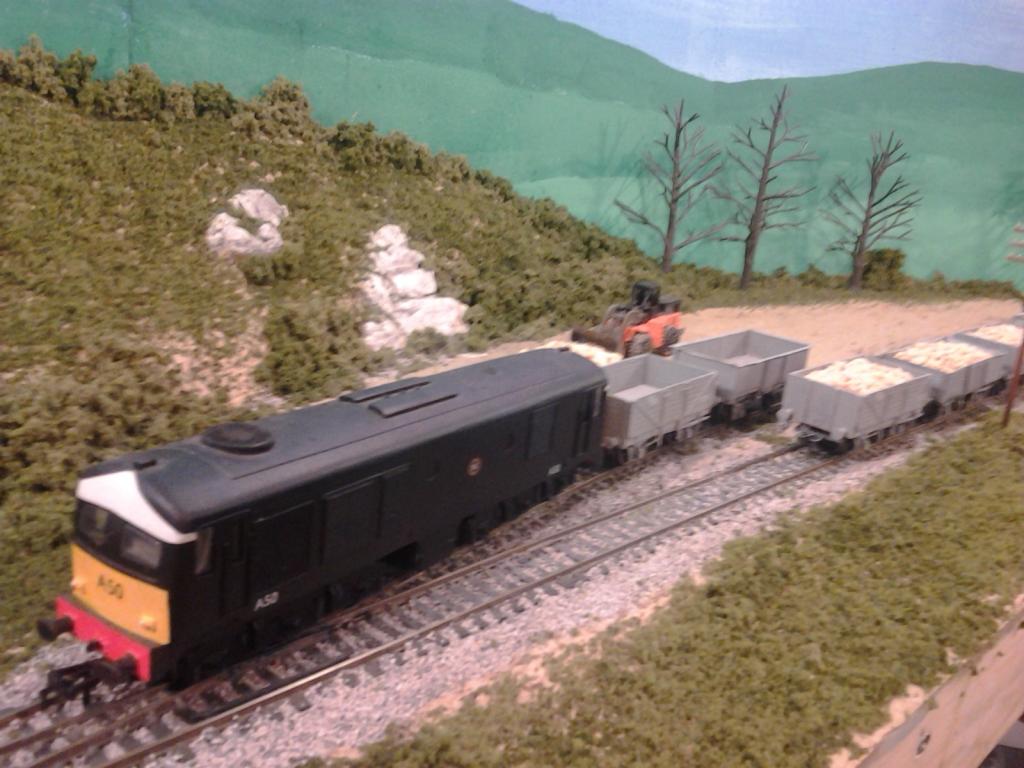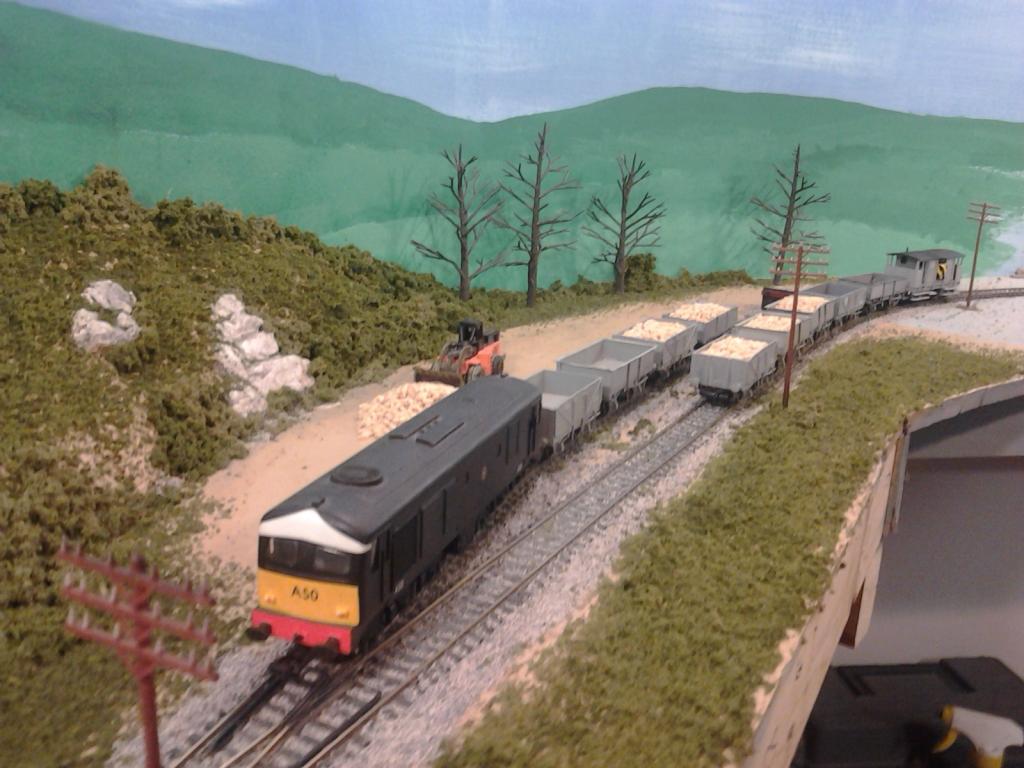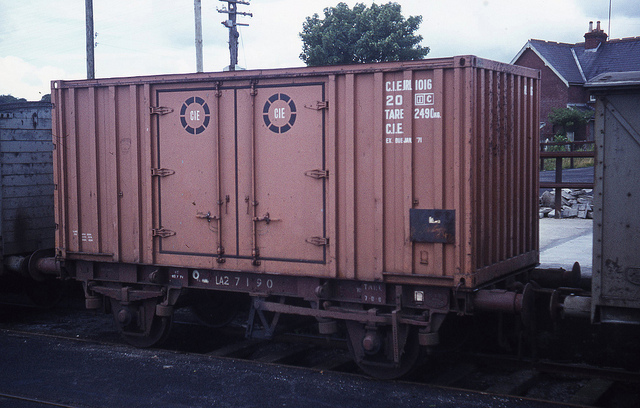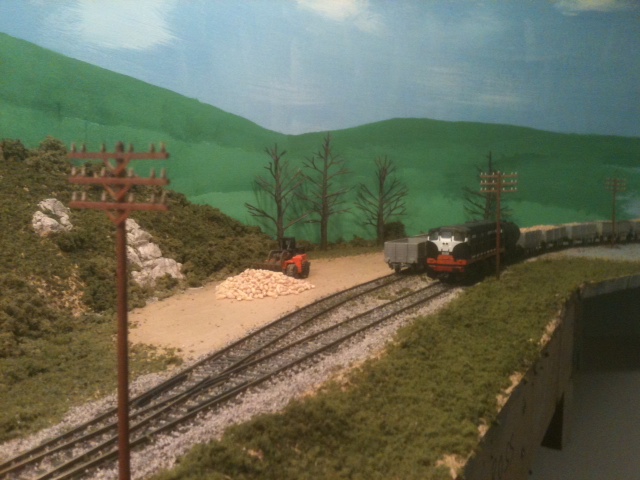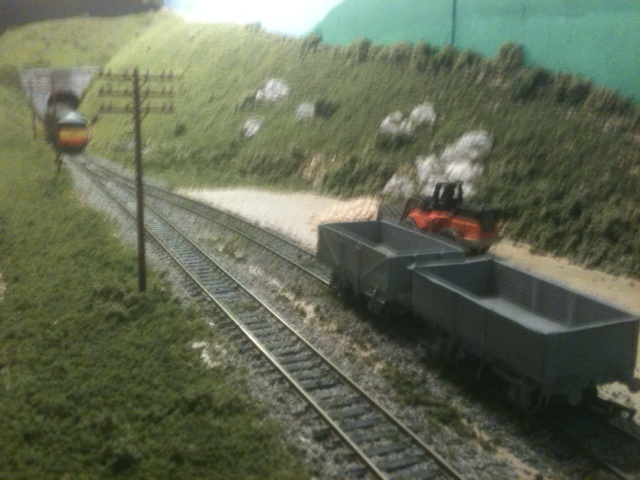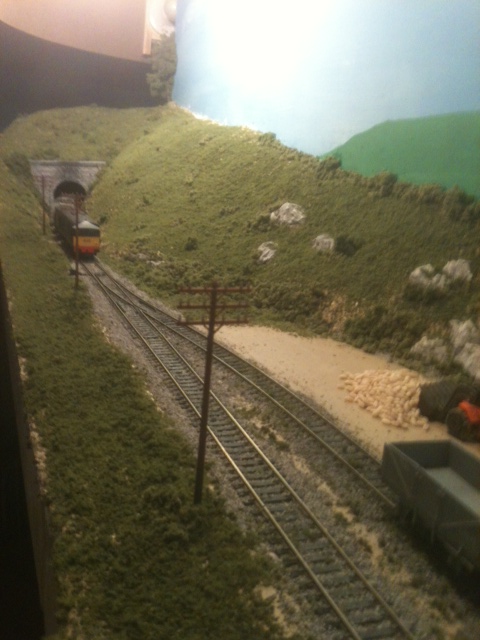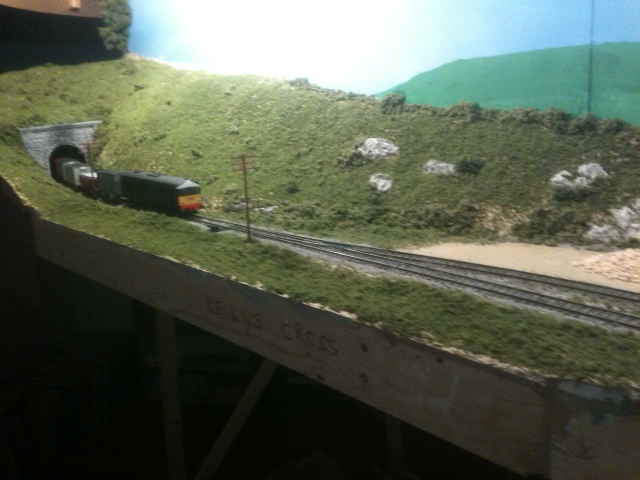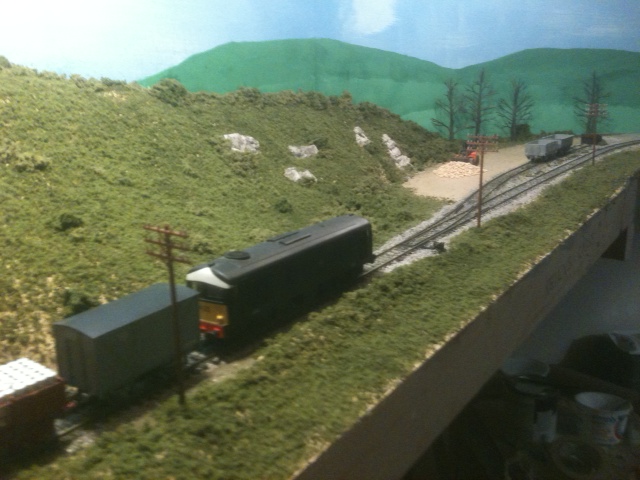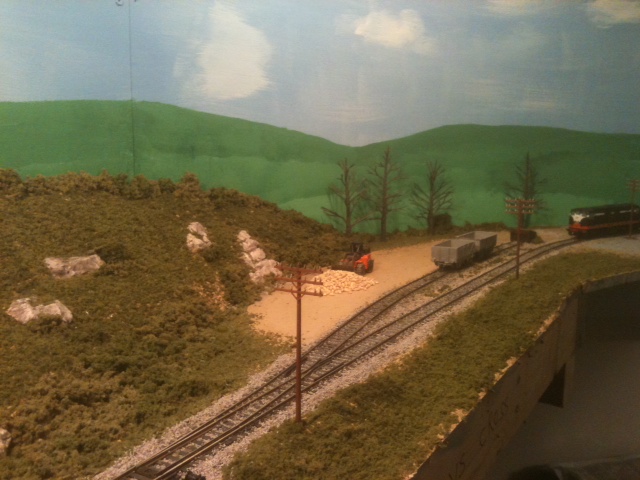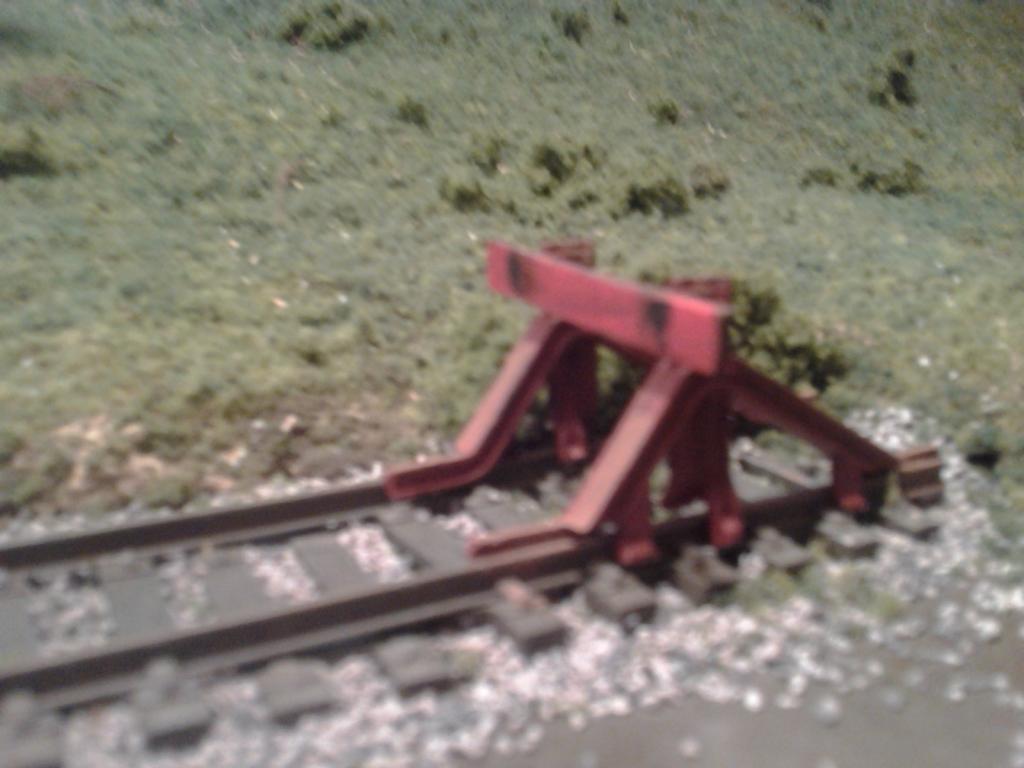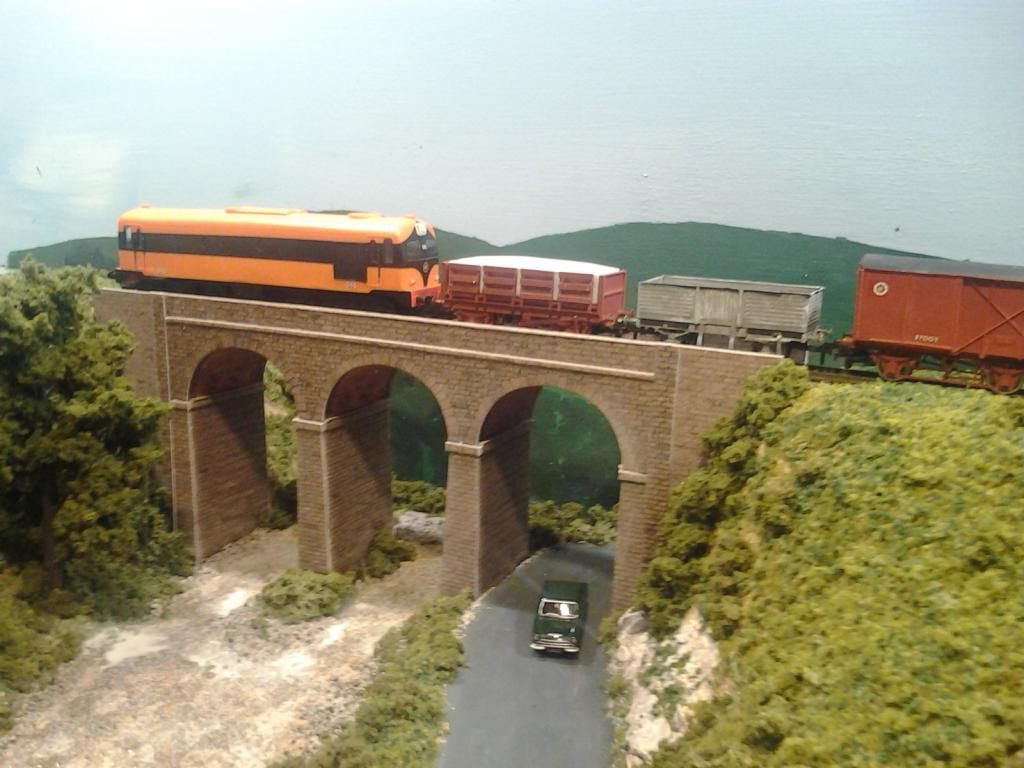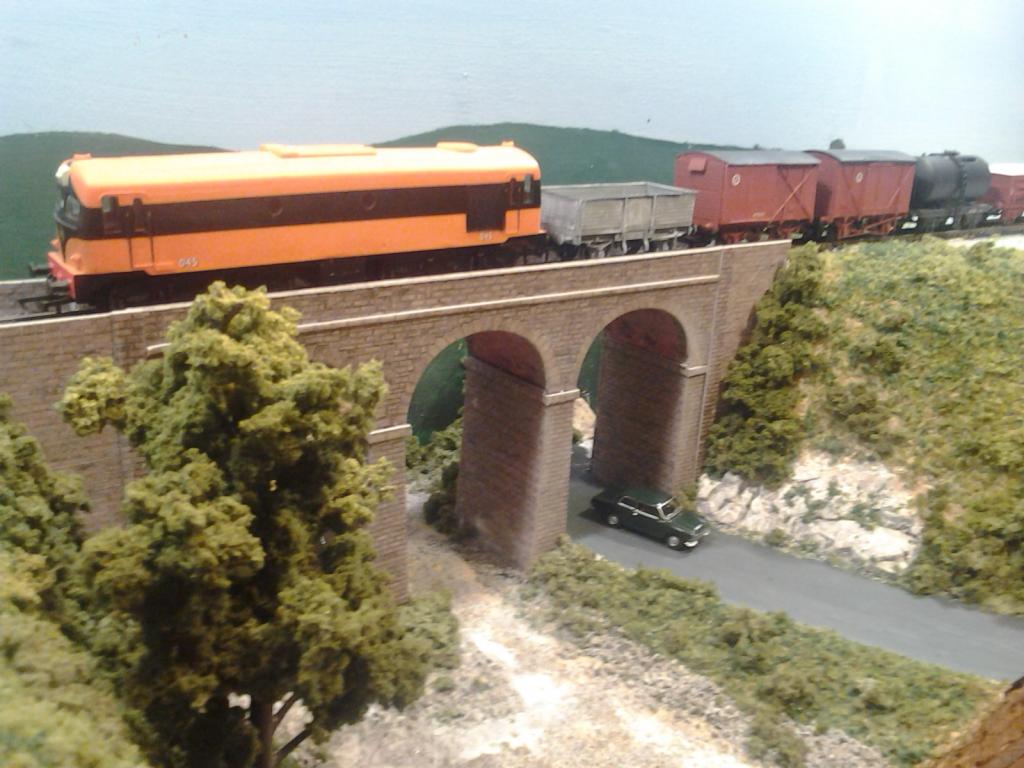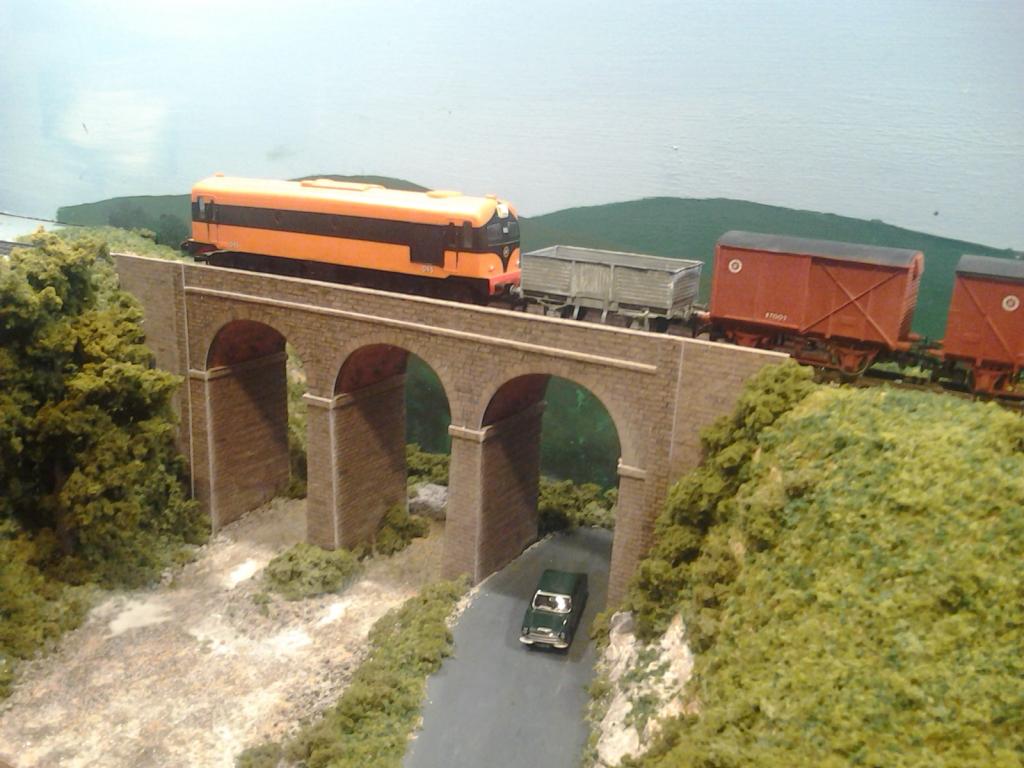-
Posts
904 -
Joined
-
Last visited
-
Days Won
41
Content Type
Profiles
Forums
Events
Gallery
Blogs
Store
Community Map
Everything posted by patrick
-
http://briansolomon.com/trackingthelight/tag/ireland/ I found this site over the weekend and don't know if the link has been posted before.
-
-
Thanks John. I am building Three wagons for Bell containers which will run on the loose coupled goods as you suggested in a previous post. Will post pictures when they are finished.
-
I am currently in the process of modifing some Dapol Prestwin underframes to represent CIE 27101 series container flats using this photo as a guide. Can anybody tell me where are the brake shoes? Did these wagons have a different brake system?
-
-
-
[attach=config]11692[/ Recent progress on the layout involved building scenery at Keilys cross. Today I hope to add some stone walls to the scene.
-
http://irishrailwaymodeller.com/attachment.php?attachmentid=9508&d=1381407238 "The Bell reefer is lovely, but were they on the irish system?" Here is a photo posted by Glenderg showing several Bell reefers on a train at at Waterford.
-
I have four silver fox A class on Hornby class 55 chassis. While their haulage capacity is limited its sufficient to haul 13 wagons or 4 coaches, the maximum length trains practical on my layout which has no gradient. The biggest problem I had with them was because only two axels are powered they are very susceptible to loosing traction on even slightly uneven track where one or two wheels can loose contact with the rail. As regards adding weight to a locomotive, just be sure that when the load is too great the wheels should slip thus preventing the motor overheating and burning out.
-
Beautiful! I'm looking forward to seeing more.
-
.thumb.jpg.3c2fadb488e8bf5ef9653331666e86a6.jpg)
Just a memory - Phibsboro Modellers Shop
patrick replied to Sulzer201's question in Questions & Answers
I visited the shop once in the late seventies. Did he also made o scale coach kits? -
"I was thinking of having the layout a bit higher than normal. Maybe 4ft off the ground." I am personally sold on higher layouts combined with walk around control. The railway looks so much better closer to eye level than viewed from above and operation is enhanced by being close to the action. My previous layout was 50 inches above the ground which I felt was too low. The current one is 56 inches. I would have gone higher ( I'm 6 foot 2 inches) but compromised for the sake of shorter viewers and operators. When combined with an effective backdrop narrow baseboards can be used while still achieving the illusion of dept. I recommend mocking up a simple scene using a few lengths of track, some buildings and a few pieces of rolling stock on a board, piece of insulation foam or whatever is handy and viewing it at different heights to see what works for you. A book shelf with adjustable shelves is also ideal for this. Better still lay out a siding or two on a longer piece of board and do some shunting.
-
Having grown up in Tralee in the 60's and 70's and having the privilege of travelling to Fenit and Listowel on goods and beet trains in the final years of these lines I feel like a kid waiting for Santa Clause waiting for the publication of this book.
-
I forgot to add, plan a fiddle yard/staging yard, especially important if you plan realistic operation. Tony Koester, Model Railroader magazine columnists and author a has a formula for figuring out the number of tracks required in a staging yard: R=2N+1, where R is the number of tracks required and N is the number of tracks you think you need! !
-
Here are some rambling thoughts on layout design which worked for me. A good start is to study model railways on line, in books, magazines and if possible in person and see what appeals to you. Try to answer the following questions. Do you prefer to observes trains running or shunting? How interested are you in realistic operation? Is there a specific era or location that interests you which might make a good setting for a model railway? Do you want to model a specific era? Study the prototype, copying something will often result in a more plausible scene than trying to make something up. Less is more.(yes this a tough one to accept!) Use the largest radius curves practical, lay out some curves with flexi track and check appearance with the longest rolling stock you plan to run. Use the large radius points. Did I mention less is more? Hope this is of help.
-
Great night out last night, Maureen and I saw the Flaming Groovies at the Beechland Ballroom in Cleveland. Here's a clip from earlier this year.
-
A short video showing recent scenery progress.
-
I love it! You did a wonderful job on the transition between the three dimensional scenery and the backdrop and the entrance to the train turntable.
-
I use the Peco bufferstops but replace the buffer beam with a new styrene one to give a more Irish appearance.
-
Plasticard on Dapol Prestwin underframe.
-
-
-
Thanks Leslie. actually the "bashed bits" happen by themselves during construction since the material is thin. I am generally concerned that the finished product is not too "bashed". Work has started on the next batch of wagons using new tooling. I will post some pictures when they are done.
-
.thumb.jpg.3c2fadb488e8bf5ef9653331666e86a6.jpg)
Waterford County Museum photos
patrick replied to minister_for_hardship's topic in Photos & Videos of the Prototype
Substitute "railway" instead of "train" will give you some additional photos including this one of Waterford goods station. -
This thread is bringing back fond memories of fall 1996 when I was working as field technician for a security business in the western New York and central Pennsylvania area. I frequently stayed in Salamanca NY and in Johnstown and Altoona Pa and during down time watched trains on the Buffalo & Pittsburgh and on Conrail on the former PRR Pittsburgh line over Horseshoe Curve. The B&P had an interesting fleet of locomotives at the time including SD45's GP9's and GP40's, two of the latter still in Allegheny RR blue. On the Pittsburgh line just bout every train had helpers in both directions.
.png.c363cdf5c3fb7955cd92a55eb6dbbae0.png)

